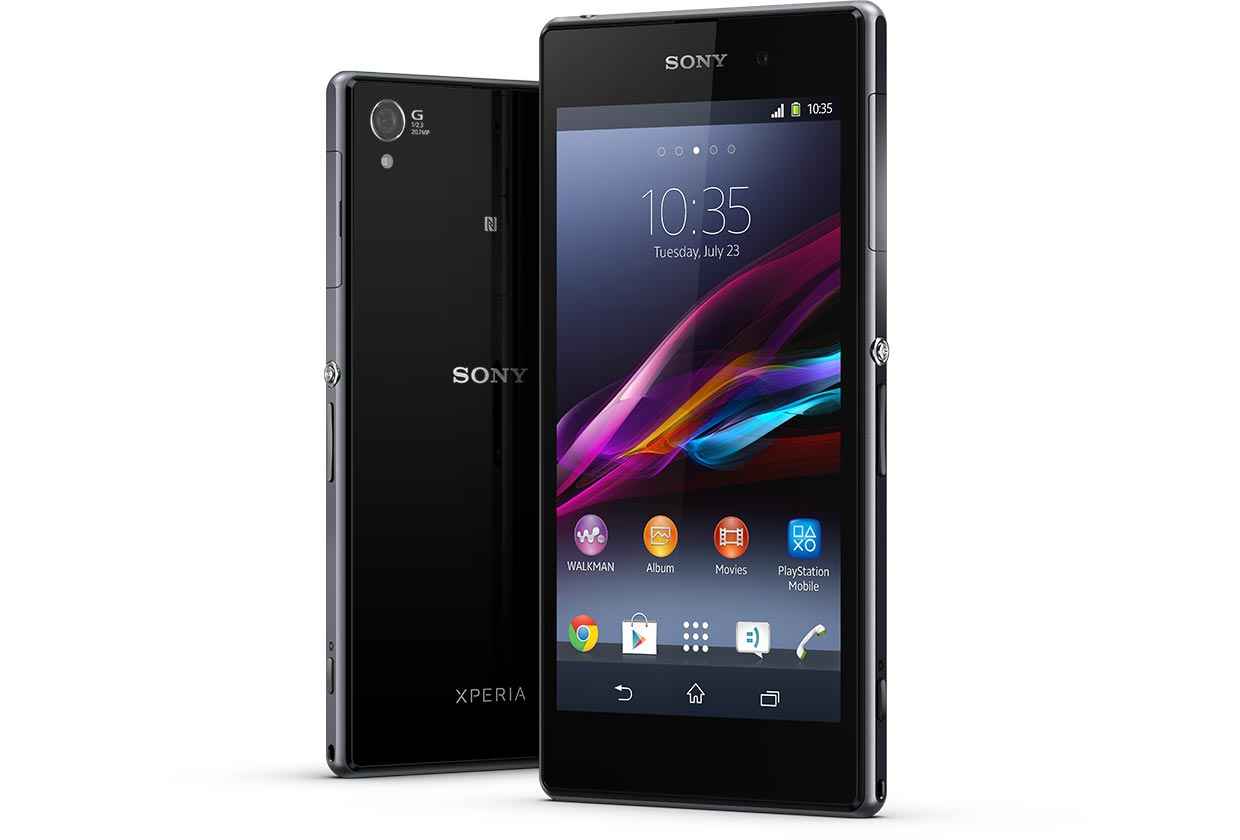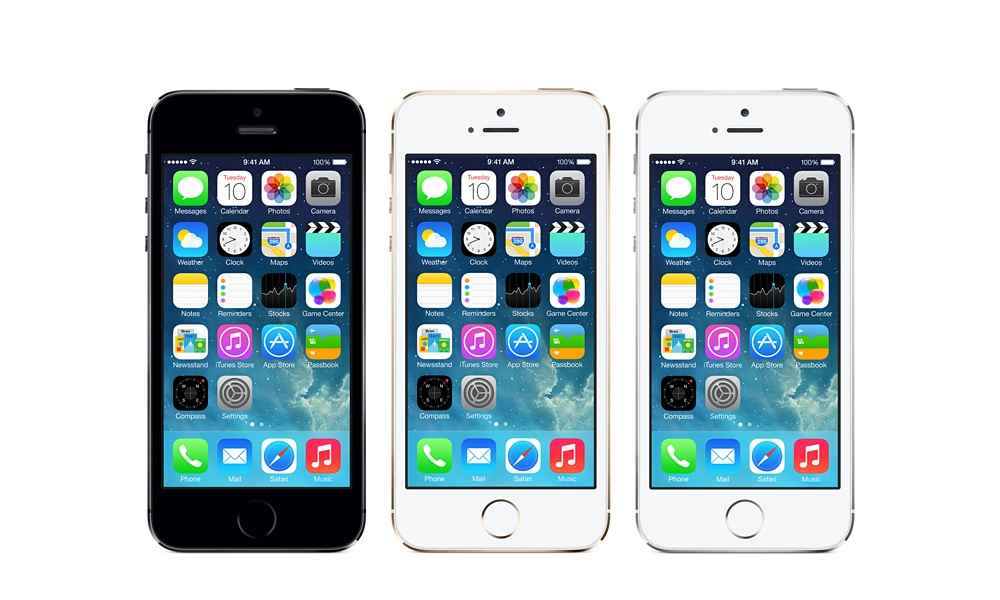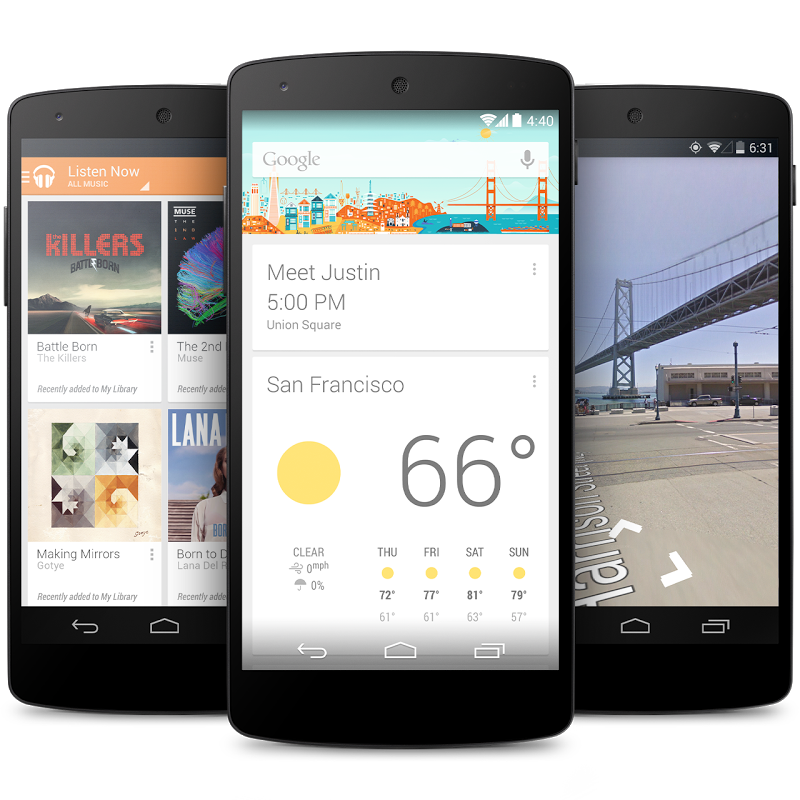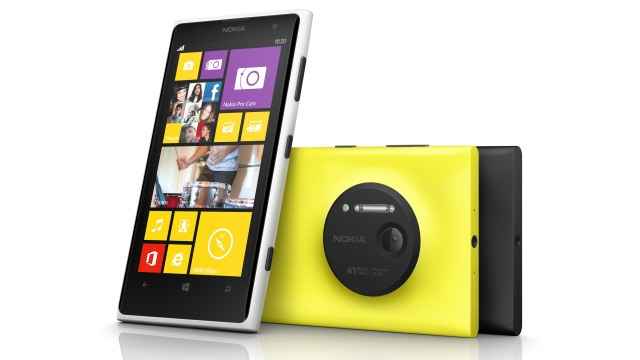The 5 best smartphones of the year 2013
We bring you the best smartphones of 2013. These smartphones stood out from the rest of the army of smartphones by achieving the optimal combination of best performance, best design and superior overall experience.
As expected, smartphones this year became more and more powerful. But, the sheer spike was unexpected for some, because it took just a couple of months at the max to have a new flagship come along and take over the mantle of the best performer. It was exciting for most people watching the developments, but extremely frustrating for those who actually went out and spent their hard earned money. The Samsung Galaxy S4, the HTC One, top Android phones at their – all led the performance charts at one point of time or the other. Now, most are nowhere on the top of the shortlists for most people.
 Survey
SurveyMisplaced priorities
For some part, it seemed like companies had forgotten the art of innovation. Despite claiming to be very different from the rivals, it seemed as if most phones were actually very similar. In the end, it pretty much became a battle of specs – 8 cores are better than 4 and my smartphone pauses a video if I look away, but yours doesn’t. Inevitably, features that matter – battery life, for example, were not focused on, but add-ons that you may or may not really use, became the center of attention and development. It is a rather pathetic scenario that an Android phone that lasts from morning to evening on a single battery charge is considered as very good. And anything more, the HTC One Max for example, is considered brilliant. It makes me yearn for those good old Nokia N-Series days, where the phone lasted 4-5 days on a single charge, and anything lesser was considered as the right time to change the battery.
Specs, and more specs…
Hardware, across the board, received upgrades through the year. While Samsung bumped up the clock speed and the number of cores in its Exynos processor range for the flagships, the likes of HTC One relied on the Qualcomm Snapdragon 600 at the same time. Performance was fairly close to each other with insignificant gaps. Towards the second half of the year, the performance on the newer flagships reached scorching levels, with the latest generation Qualcomm Snapdragon 800 processor. The likes of the Sony Xperia Z1 and the LG G2 benefited from that, and to their credit, took full advantage of that. But, the most heart warming development was the arrival of two brands, who we hope succeed in the smartphone space – Intel and Lenovo. The Lenovo K900, powered by the Intel Atom Z2580 processor, did extremely well, at a rather affordable price tag. The Xolo smartphones have been doing well in the more affordable price brackets, lending weight to the argument that Intel are in this for the long haul.
Bigger is better? Some say, yes!
The big screen phones also caught the fancy of the consumers, with the Samsung Galaxy Note 3 succeeding successfully in the footsteps of the extremely popular Galaxy Note II. HTC never really delivered on the ‘phablet’ promise, because the HTC One Max joined the party a tad too late, and cost too much. But Sony got it somewhat right with the Xperia Z Ultra, particularly for people who have extremely big hands. Though it is by far the biggest smartphone we have in the market today, that hasn’t stopped a few people from sticking it next to their ear to make a call.
Token iPhone refresh
But the year really wouldn’t be complete without the iPhone refresh. After having had our eyes and ears assaulted by constant rumors about a “cheap” iPhone, Apple responded to the rumor mills, essentially telling them that they were all incompetent click-baiting nincompoops. The “cheap” iPhone 5c has exactly the same specifications as the iPhone 5 that it phased out, but now comes dressed with a plastic shell in various colours. But, the major upgrade though, is the iPhone 5s. Carries on with the same chassis and dimensions as the iPhone 5, but packs in a 64-bit processor, a motion co-processor, faster graphics, slightly bigger battery, the fingerprint sensor and camera improvements that include the dual flash.
The BEST phones
This commentary neatly brings us down to the actual list of the top phones in 2013. And for the sheer volume of phones and versions that were churned out, this was one tough task, to pull out the cream from the otherwise mass of boredom and sameness.
The most powerful Android: Sony Xperia Z1
Powered by the Qualcomm Snapdragon 800 processor, the Xperia Z1 is by far the most powerful Android smartphone you can buy in India, today. Sony seems to be intent on building a design identity, much like Samsung has done. Which is why, the Xperia Z1 follows pretty much the same design theme and materials seen in the Xperia Z and the Xperia Z Ultra. That's a good thing, except that the glass on the back needs to be handled with care, because it catches scratches in a jiffy. The Xperia Z1 was run close by the LG G2, which also has the same processor and a much better IPS display. But the Z1 is the undisputed leader in the benchmark tests. If the Sony Xperia Z1 falls in your budget, buy it without any hesitation. It will not let you down in terms of performance and if Sony does eventually bother with the next few Android updates for this particular device, the power package should be able to handle them with ease.
The future-proof iPhone: Apple iPhone 5s
While it looks mostly like the predecessor, the iPhone 5s is a completely different beast internally. The A7 processor is logically a major upgrade over the predecessor, but the bigger change is the M7 co-processor, which picks up data from various sensors even while the phone may be asleep. This provides a major boost to some apps like fitness apps and navigation. Apple also introduced the 64-bit architecture with the new processor, and to kick it off, ported all of Apple’s own apps to it. While the benefits of the same may not be fully visible right now, along the way more and more third party apps will get upgraded to take advantage of the 64-bit architecture. Another thing well implemented – the biometrics. Again, something that it has done much better than the other smartphone makers. With this iPhone out of the way, let us see what the rumor mongers will holler about the nest iPhone. Possibly pack in a V8 engine, to double up as a sports car?
Pure Android, 2013 edition: LG Nexus 5 (by Google)
The Nexus 4, through this year, has fallen behind the newer Android flagships. The Nexus 5 packs in a bigger screen this time around – 5-inch Full HD IPS , with Gorilla Glass 3. Those who cannot suffer other Android phones because of the customizations and skins, would be delighted with this upgrade. And yes, how can we forget Google’s promise of instant OS updates being rolled out for Nexus smartphones and tablets? It doesn't have the best camera around though, but Google has identified the problem and an update has already been rolled out to improve the snapper’s performance. All said and done, Rs. 28,999 for top of the line specifications and the clean Android experience makes the Nexus 5 is the phone to buy. If you look at the rivals offering the same hardware, you will identify price tags that are at least Rs. 7K- Rs 10k higher.
Amazing effort: LG G2
The LG G2 could have been the smartphone of the year, but the Sony Xperia Z1 just pipped it to the post because of slightly better performance and a slightly more premium finish. But, for what is essentially plastic, the thin bezels on the right and left of the screen meant that the G2 was a lot more comfortable to hold than most of the rivals. The 5.2-inch display is by far one of the best that's currently available on any available smartphone. The 5.2-inch screen has a pixel density of 424ppi, while the 5-inch screen on the Galaxy S4 has 441ppi. However, the difference isn’t at all noticeable; in fact on the contrary, the G2’s display looks crisper and colours look a lot more realistic thanks to the IPS panels. The power key sits just below the camera at the back, with the designers assuming that a finger will naturally reach that spot when you hold the phone conventionally.
Snapper’s delight: Nokia Lumia 1020
If you are extremely concerned about the quality of pictures your smartphone’s camera can pull off, then just do the honorable thing, and get yourself a proper Lumia phone. If the Lumia 1020 is within your budget, this will be the best device you can buy. The 41MP sensor, paired with the Nokia Pro Cam app does the best possible job of getting the best out of the hardware. It offers full manual control over every aspect of creating a photograph such as shutter speed, ISO, exposure compensation, white balance and even offers the ability to manually focus the lens. The f/2.2 lens is very good with low light shots. The only real niggle is that the camera takes a good 2 seconds to start, when you press the camera key, and another second and a half before it is ready to shoot. But, if you can get past that, this is perhaps the best camera phone you can buy right now.
If there are any other phones that you prefer over the ones that we have selected, we would like to hear your opinion. You can also get in touch with the author directly via Twitter.



.jpg)
